In today’s digital landscape, managing mobile devices efficiently is crucial for organizations to maintain security and productivity. Mobile Device Management (MDM) is a central solution for overseeing various devices, ensuring policy compliance, and optimizing operations. This article will explore how MDM unlocks efficiency in modern workplaces.
Core Functions of MDM
Mobile Device Management encompasses several essential functions instrumental in managing and optimizing mobile device usage within organizations. Let’s delve into these core functions:
-
Device Provisioning and Enrollment:
- MDM facilitates the seamless provisioning and enrollment of mobile devices into the organization’s network.
- This involves configuring device settings, establishing user profiles, and enabling access to corporate resources.
-
Security Management:
- Security is a top priority in MDM, with features such as data encryption, passcode enforcement, and remote wipe capabilities.
- MDM ensures that sensitive corporate data remains protected, even in device loss or theft.
-
Application Management and Deployment:
- MDM streamlines the management and deployment of applications across mobile devices.
- IT administrators can remotely install, update, and remove applications, ensuring users can access the necessary tools while maintaining control over software usage.
-
Monitoring and Reporting:
- MDM provides visibility into device usage and performance through monitoring and reporting capabilities.
- IT administrators can track device activity, monitor compliance with organizational policies, and generate reports to identify trends and potential issues.
These core functions form the foundation of Mobile Device Management, enabling organizations to manage and secure their mobile device ecosystems effectively. By leveraging these capabilities, organizations can unlock efficiency, enhance security, and optimize productivity in their mobile-centric workplaces.
Enhancing Security
Security is paramount in today’s digital landscape, especially with the widespread use of mobile devices in the workplace. Mobile Device Management is crucial in enhancing security by implementing robust measures to protect corporate data and mitigate risks. Let’s explore how MDM enhances security in modern workplaces:
-
Protecting Corporate Data:
- MDM ensures that corporate data stored on mobile devices remains secure through encryption and containerization.
- By segregating corporate and personal data, MDM helps prevent unauthorized access to sensitive information.
-
Implementing Policies for Device Access and Usage:
- MDM allows organizations to enforce policies governing device access and usage.
- This includes setting passcode requirements, defining device usage restrictions, and implementing compliance checks to ensure adherence to corporate policies and regulatory requirements.
-
Ensuring Compliance with Industry Regulations:
- MDM helps organizations maintain compliance with industry regulations and data protection laws.
- By enforcing security policies and providing audit trails and reporting capabilities, MDM assists in demonstrating compliance during audits and regulatory inspections.
By enhancing security through data protection, policy enforcement, and compliance management, MDM helps organizations safeguard their critical assets and mitigate the risks associated with mobile device usage in the workplace. This protects sensitive information and instills confidence in employees and stakeholders, ensuring a secure and productive work environment.
Increasing Efficiency
Mobile Device Management goes beyond just enhancing security; it also plays a pivotal role in increasing organizational efficiency. MDM empowers organizations to optimize productivity and reduce operational overhead by streamlining device management processes and automating routine tasks. Let’s explore how MDM contributes to increasing efficiency:
-
Streamlining Device Setup and Configuration Processes:
- MDM simplifies the setup and configuration of mobile devices, allowing IT administrators to provision new devices with pre-defined settings and configurations quickly.
- This eliminates the need for manual configuration, saves time, and reduces the likelihood of configuration errors.
-
Automating Routine Tasks and Updates:
- MDM automates routine tasks such as software updates, patches, and application deployments across all managed devices.
- By automating these tasks, MDM ensures that devices are always up-to-date with the latest software versions and security patches, reducing the risk of vulnerabilities and downtime.
-
Improving Troubleshooting and Support Workflows:
- MDM provides IT support teams with remote troubleshooting capabilities to diagnose and resolve device issues without physical intervention.
- This remote support functionality minimizes downtime and disruption for end-users, leading to faster issue resolution and improved user satisfaction.
MDM enables organizations to operate more efficiently and effectively in today’s mobile-centric work environments by streamlining device setup, automating routine tasks, and facilitating remote support. This increased efficiency translates into cost savings, productivity, and overall employee user experience.
Boosting Productivity
In addition to enhancing security and increasing efficiency, Mobile Device Management (MDM) also plays a crucial role in boosting organizational productivity. By providing employees with access to essential business tools and resources, facilitating seamless collaboration, and supporting remote work capabilities, MDM empowers employees to work more efficiently and effectively. Let’s explore how MDM contributes to boosting productivity:
-
Enabling Seamless Collaboration and Communication:
- MDM facilitates seamless collaboration and communication among employees by providing access to productivity tools such as email, messaging apps, and collaboration platforms.
- With MDM, employees can stay connected and collaborate in real time, regardless of location or device.
-
Providing Access to Essential Business Tools and Resources:
- MDM ensures that employees can access the essential business tools and resources to perform their jobs effectively.
- Whether it’s accessing corporate applications, documents, or databases, MDM ensures that employees can access the information they need whenever and wherever they need it.
-
Supporting Remote Work and Mobile Productivity:
- With the rise of remote work and flexible work arrangements, MDM is crucial in supporting mobile productivity.
- MDM allows employees to securely access corporate resources from their mobile devices, enabling them to work remotely while maintaining productivity and collaboration.
By enabling seamless collaboration, providing access to essential business tools, and supporting remote work capabilities, MDM empowers employees to work more productively and efficiently, ultimately driving business success. As organizations embrace mobile technology and remote work, MDM will be increasingly critical in maximizing productivity and ensuring business continuity.
Cost Savings and ROI
Implementing Mobile Device Management enhances security, efficiency, and productivity, leading to significant cost savings and return on investment (ROI) for organizations. Let’s explore how MDM contributes to cost savings and ROI:
-
Reducing Downtime and Productivity Losses:
- MDM helps minimize downtime and productivity losses by automating routine tasks, such as software updates and troubleshooting, which can lead to fewer interruptions and faster issue resolution.
- By ensuring that devices are always up-to-date and functioning optimally, MDM helps maximize employee productivity and minimize disruptions to business operations.
-
Minimizing Risks Associated with Security Breaches and Data Loss:
- Security breaches and data loss incidents can result in significant financial losses for organizations, including regulatory fines, legal fees, and reputational damage.
- MDM enhances security measures, such as data encryption, remote wipe capabilities, and compliance management, to mitigate the risks of security breaches and data loss, thereby reducing potential financial liabilities.
-
Maximizing the Value of Mobile Technology Investments:
- Organizations invest significant resources in deploying and managing mobile devices to support their operations and workforce.
- MDM ensures that organizations maximize the value of these investments by optimizing device usage, extending device lifespan, and enhancing employee productivity, ultimately driving a higher ROI on mobile technology investments.
By minimizing downtime and productivity losses, mitigating risks associated with security breaches and data loss, and maximizing the value of mobile technology investments, MDM delivers tangible cost savings and ROI for organizations. As businesses rely on mobile devices to support their operations, adopting MDM becomes increasingly critical in driving financial success and business resilience.
Conclusion
Mobile Device Management has become indispensable in today’s digital landscape, ensuring security, efficiency, and productivity across organizations. By addressing challenges, implementing best practices, and embracing future trends, MDM empowers organizations to thrive in a mobile-centric world, driving success and innovation in the digital age.

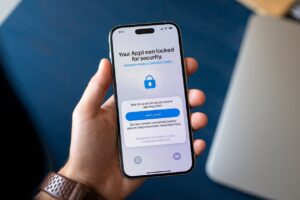

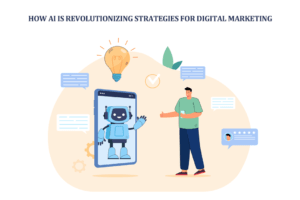









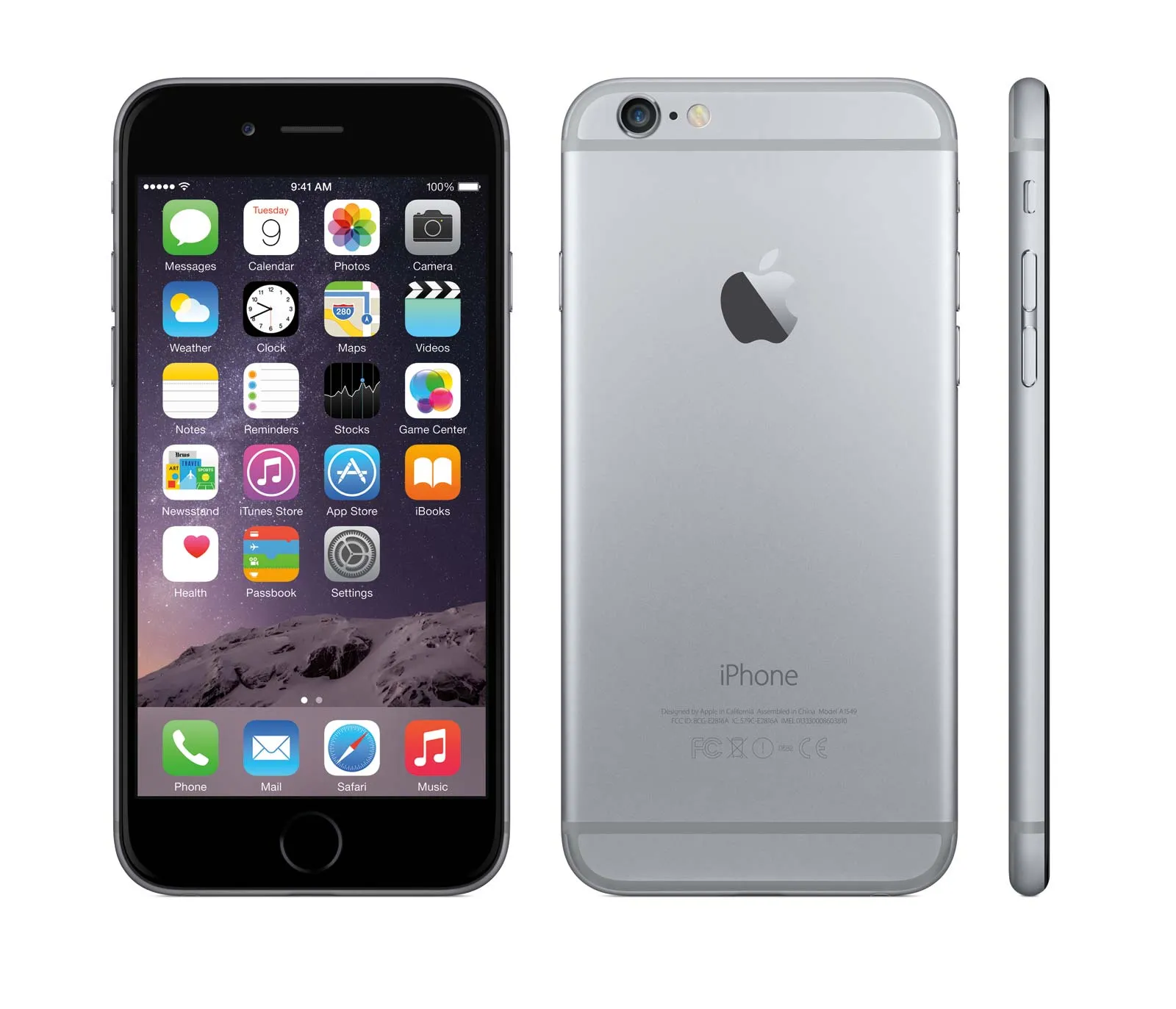
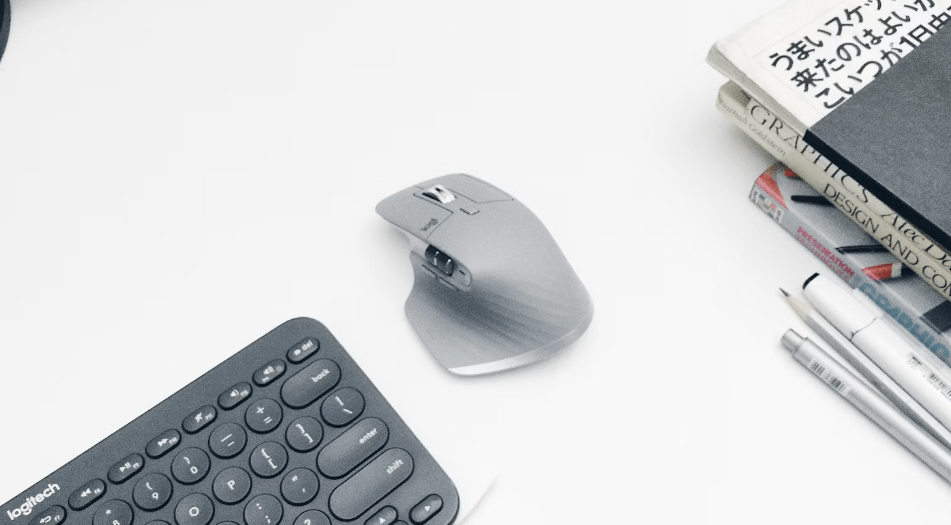


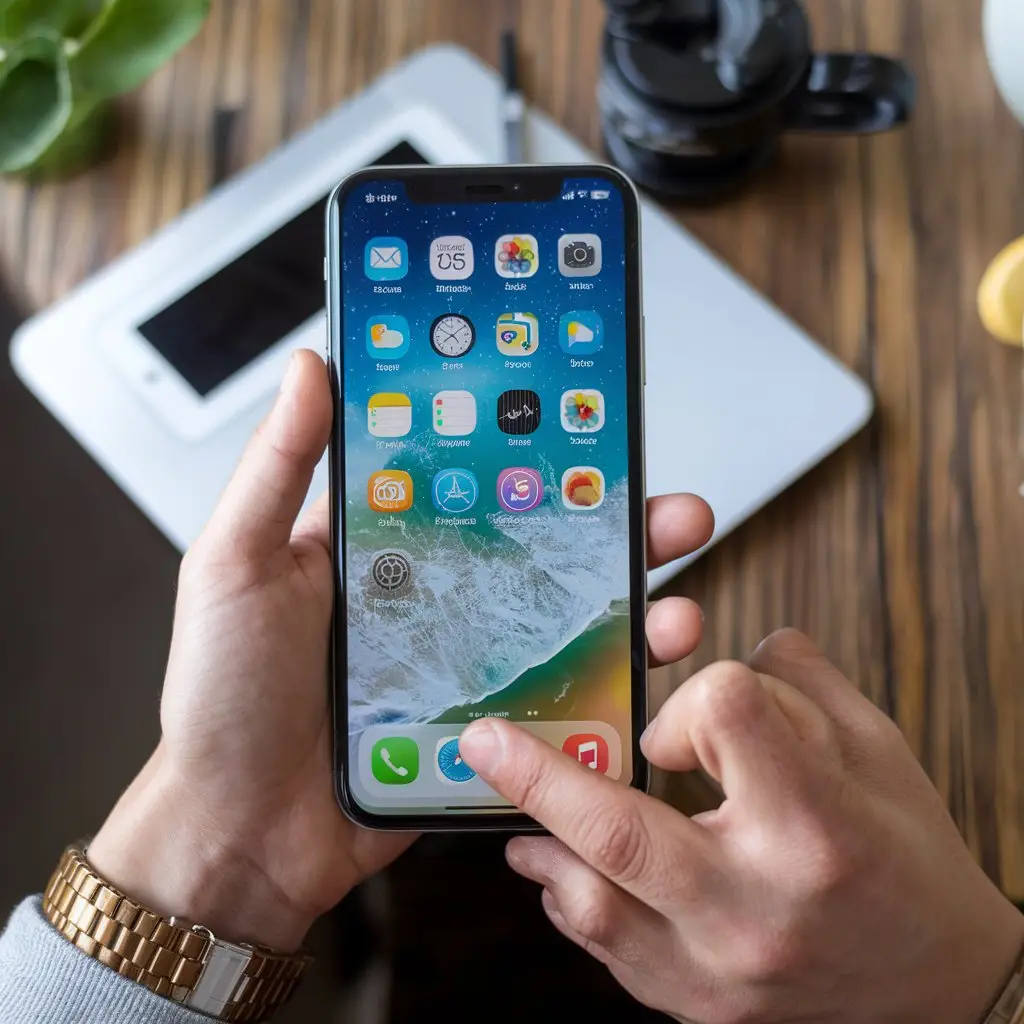
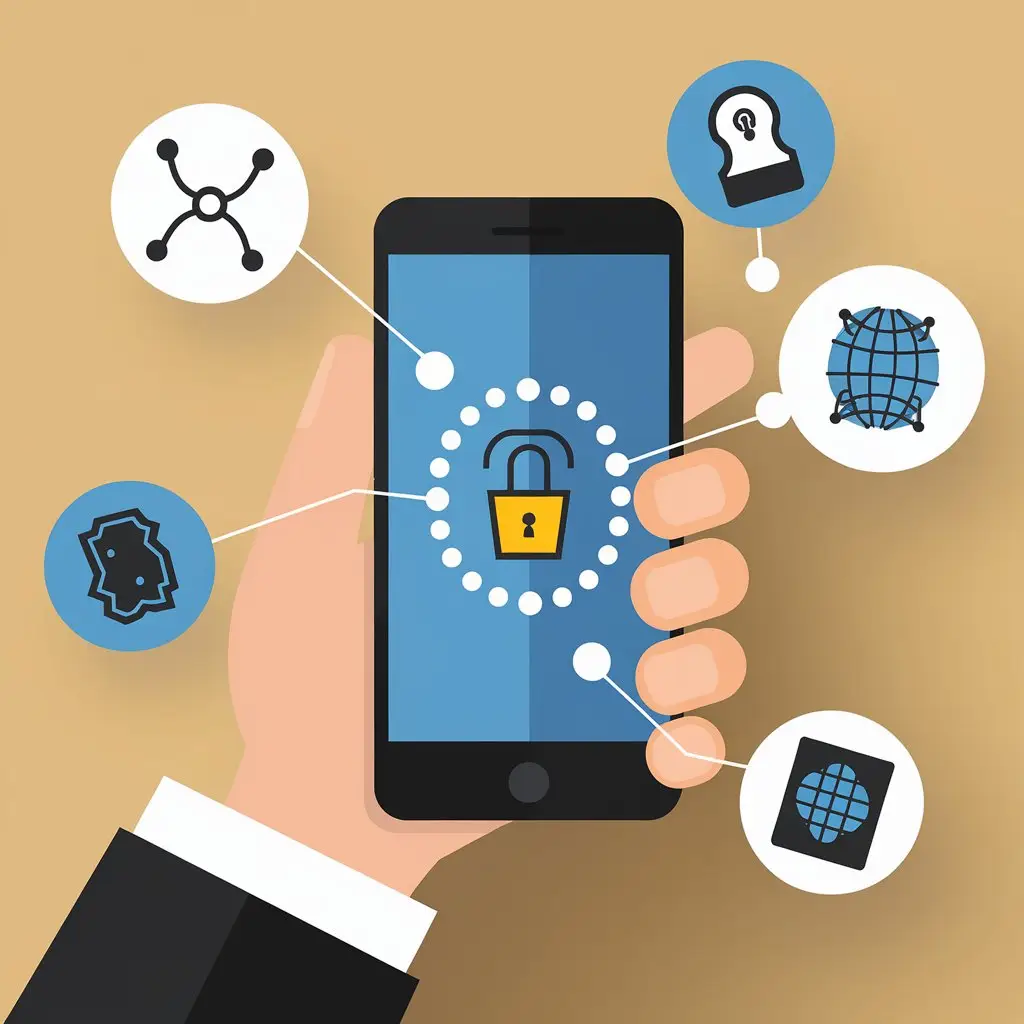

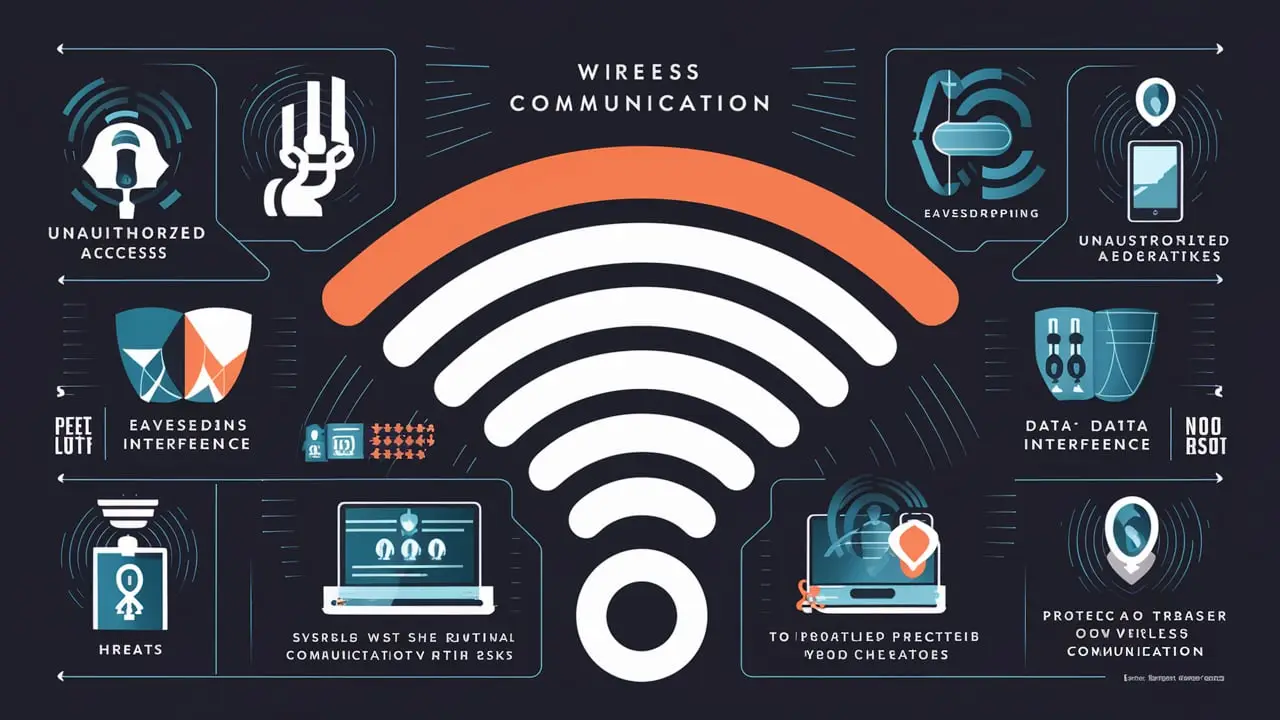
13 thoughts on “Unlocking Efficiency: The Role of Mobile Device Management”
Pingback: WhatsApp Security Code Change: What It Means
Simply Sseven I very delighted to find this internet site on bing, just what I was searching for as well saved to fav
Pingback: How to Hide Your Mobile Device While Bluetooth Is On
Your article helped me a lot, is there any more related content? Thanks!
I don’t think the title of your article matches the content lol. Just kidding, mainly because I had some doubts after reading the article.
Thank you for your sharing. I am worried that I lack creative ideas. It is your article that makes me full of hope. Thank you. But, I have a question, can you help me?
Thanks for sharing. I read many of your blog posts, cool, your blog is very good. https://www.binance.com/uk-UA/register?ref=W0BCQMF1
Thanks for sharing. I read many of your blog posts, cool, your blog is very good. https://accounts.binance.com/join?ref=P9L9FQKY
Can you be more specific about the content of your article? After reading it, I still have some doubts. Hope you can help me.
Your article helped me a lot, is there any more related content? Thanks!
Thanks for sharing. I read many of your blog posts, cool, your blog is very good.
Your point of view caught my eye and was very interesting. Thanks. I have a question for you.
I don’t think the title of your article matches the content lol. Just kidding, mainly because I had some doubts after reading the article.